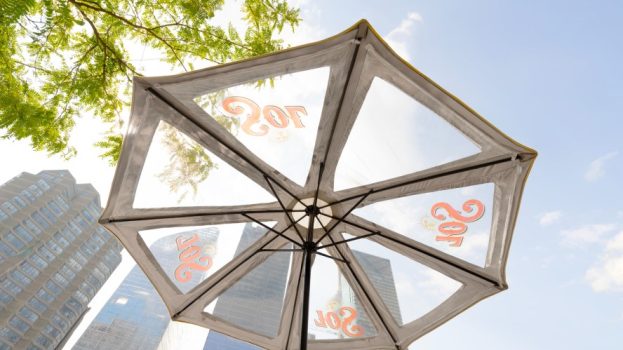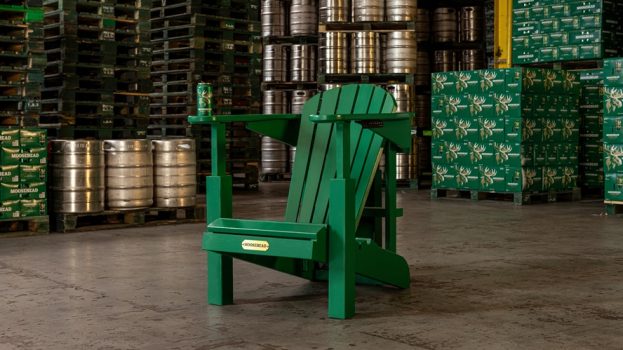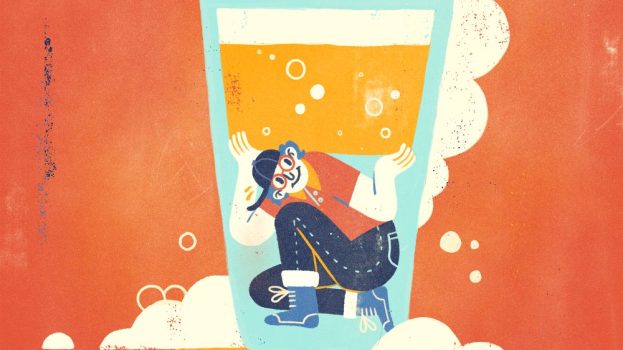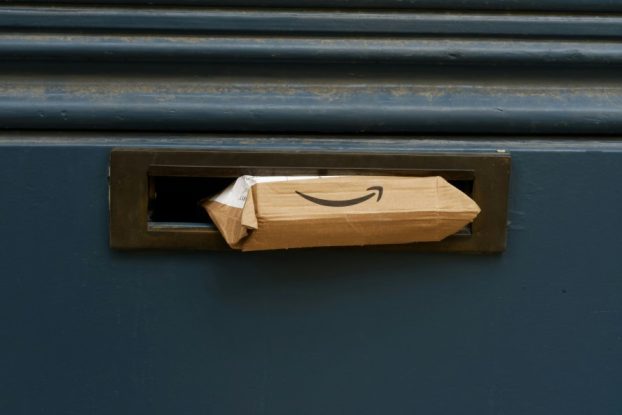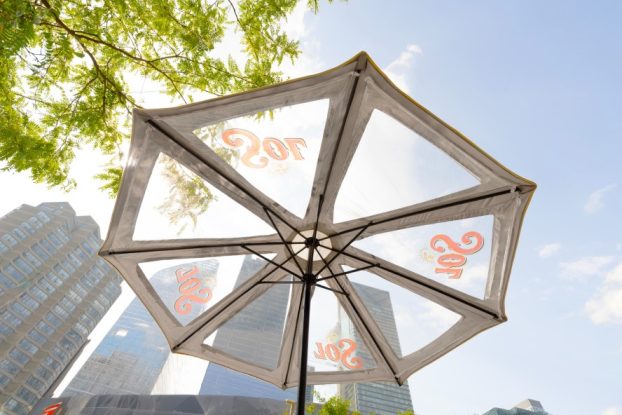 Mike D’Agostini has been with AB InBev and Labatt for eight years, overseeing trade relationships with sports properties and helping market the Mike’s Hard Lemonade brands. He’s now director of marketing for Budweiser, taking over from Andrew Oosterhuis, who led its marketing in Canada for more than two years but recently shifted his attention to Stella Artois globally at AB InBev in the U.S.
Mike D’Agostini has been with AB InBev and Labatt for eight years, overseeing trade relationships with sports properties and helping market the Mike’s Hard Lemonade brands. He’s now director of marketing for Budweiser, taking over from Andrew Oosterhuis, who led its marketing in Canada for more than two years but recently shifted his attention to Stella Artois globally at AB InBev in the U.S.
Budweiser remains the top-selling beer in Canada by volume, but D’Agostini takes over as the beer category faces big challenges.
Strategy recently discussed beer’s volume declines and perception issues with AB InBev’s Todd Allen, who spoke about his company’s overall efforts to diversify its opportunities. In short, AB InBev wants to be more than just a beer company, positioning its products around every drinking occasion, using low-alcohol products and other non-beer brands to get its drinks in people’s hands.
But while AB InBev has a broad portfolio of beers, ciders and ready-to-drink options to find those under-served corners of the market, where does that leave the beer that markets itself as the actual “king” of this troubled category?
D’Agostini is currently steering an annual brand review, and he appears to be striking a new balance between the value of current campaign equity versus new opportunities. He describes it as “a little bit of the same and some things we want to pivot to.”
“The same” portion of that equation is sports, where Budweiser has been expanding its Red Lights program every year since its launch in 2013. The simple light that glows up every time a fan’s favourite team scores has been winning awards for its NHL and Olympic hockey strategy.
“Our plan is to take the celebration of that best moment in hockey and celebrate it in other sports,” he says of the brand’s continued expansion. “The long-term strategy is to go ‘always on’ and own the best moments in sports.”
That could include baseball, football or soccer, he says. “When guys get together and watch the game is a moment guys are drinking beer.”
But as for new opportunities, D’Agostini wants to get back to talking about the beer itself – both as a quality product and as a means of rooting the brand more firmly in Canada. “Because of the focus around sports, we’ve lost some communication around our product and its rich heritage, the effort it takes to brew Budweiser.”
Defining this proposition as “beer as it should be,” D’Agostini sees value in talking about Budweiser’s quality as rooted in the six communities that brew the beer across Canada.
“We need to tell a story: brewed in the community, by the community, for the community,” he says. “We are seen as an American brand, but I think we’ve done a good job ingraining ourselves in the six [Canadian] communities in which we brew right now.”
Details on how that will live in market are still closely guarded, but D’Agostini says he may also shift the brand’s overall approach to marketing and product development. Having come from AB InBev’s marketing team on Mike’s Hard Lemonade brands, he sees value in how that team (which Labatt bought in 2015) managed to build its consumer base with far fewer resources than Budweiser’s global marketing behemoth.
“Because [Labatt is] such a large organization, when we innovate, we have big bets. They take a lot of energy and time to bring to market,” he says. “But what [the team was] able to do, being smaller and leaner, was test and learn with innovation. Just from a pure marketing standpoint, we could learn from that – how to stay lean and test in market, rather than relying just on big bets.”

